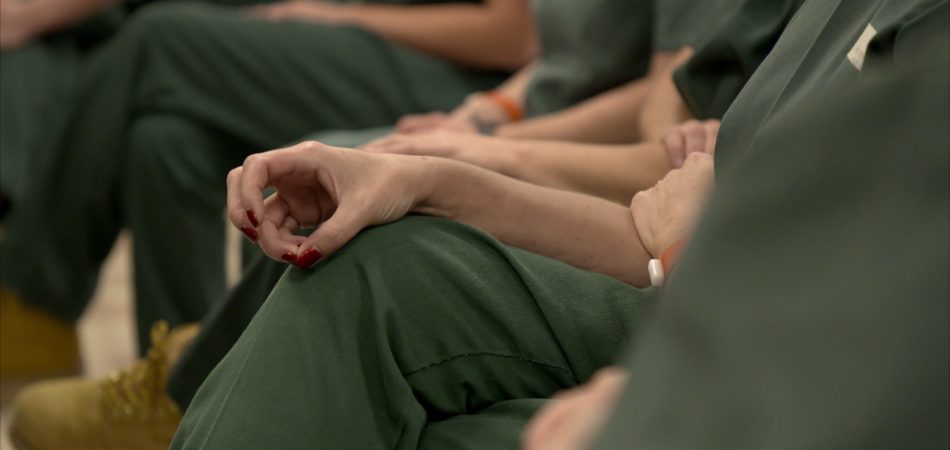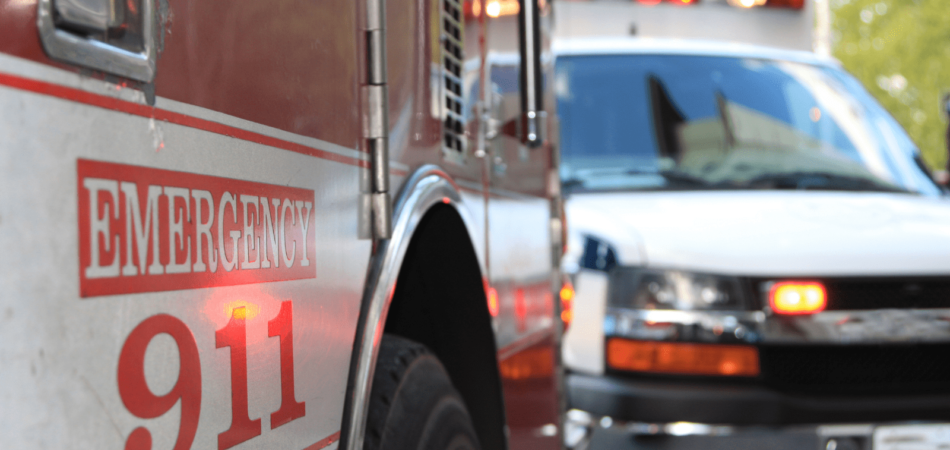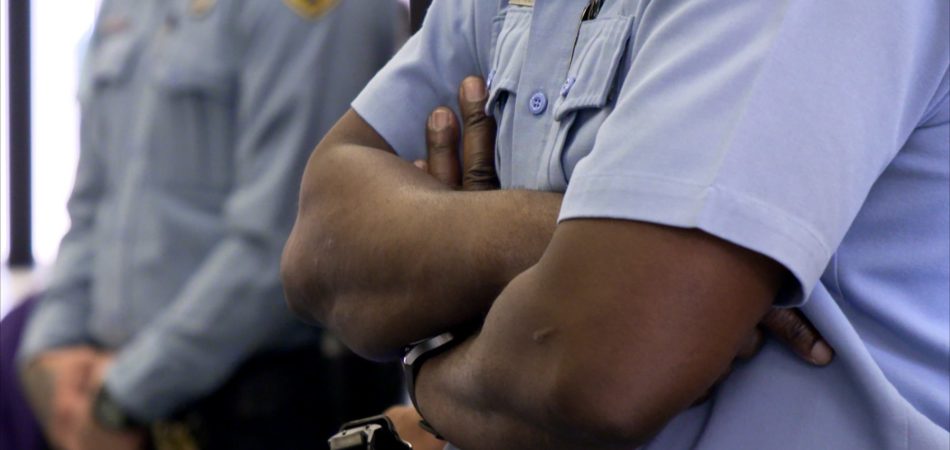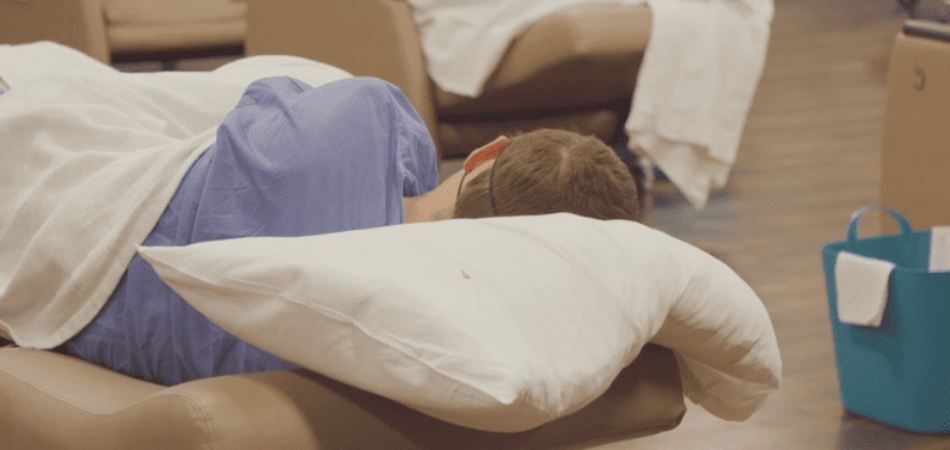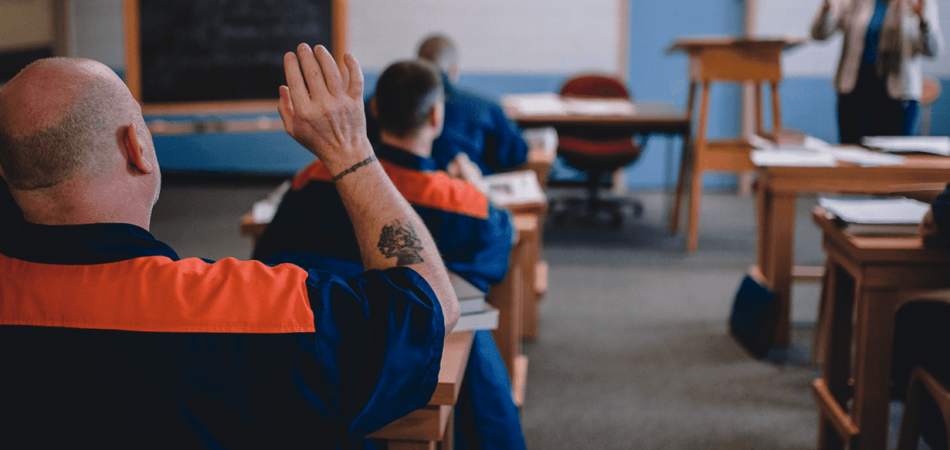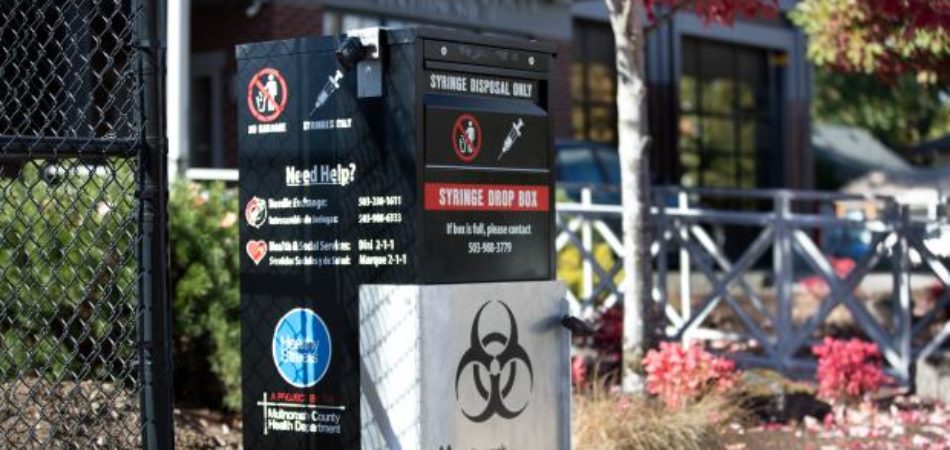
How States and Local Governments Can Ensure That Everyone Gets a Chance for Recovery
Individuals with mental illnesses and substance use disorders are overrepresented in the criminal justice system. Although the justice system often functions as a de facto behavioral health care system, it tends to lack the necessary resources to provide adequate services.
This National Recovery Month, we are highlighting ways to improve state and local behavioral health and crisis response systems, so that people who need treatment can be prepared for healthy lives after release. This year’s theme, “Recovery Is for Everyone: Every Person, Every Family, and Every Community,” reminds us that everyone deserves access to behavioral health services that aid in recovery—including community members who are in the criminal justice system.
New resources are available to invest in crisis and diversion opportunities that can improve community health and safety. In particular, the American Rescue Plan offers substantial funding for states, local governments, and service providers to help build comprehensive health care systems and reduce involvement in the justice system among people with behavioral health needs.
When people’s needs are met early within their own communities, they are less likely to end up in cycles of incarceration. American Rescue Plan funds can help bolster existing state and local resources to strengthen early intervention and crisis systems, allowing communities to ensure that people with the highest needs have access to critical social services.
Please take our five-minute survey to share your community’s plans for using ARP funds to advance safety and justice priorities.
Learn more with these additional resources:
- National Recovery Month 2021 Official Website
- Virtual Discussion: How the American Rescue Plan Helps Criminal Justice Stakeholders Respond to Behavioral Health Crises
- Taking the Call: A National Conference Exploring Innovative Community Responder Models
- CSG Justice Center Resource on Relapse Prevention Plans
Photo by Seventy Four Images on Envato
The sharp rise in school shootings over the past 25 years has led school officials across the U.S.…
Read MoreA three-digit crisis line, 988, launched two years ago to supplement—not necessarily replace—911. Calling 988 simplifies access to…
Read MoreIt would hardly be controversial to expect an ambulance to arrive if someone called 911 for a physical…
Read More Taking the HEAT Out of Campus Crises: A Proactive Approach to College Safety
Taking the HEAT Out of Campus Crises: A Proactive Approach to College Safety
The sharp rise in school shootings over the past 25 years has led school officials across the U.S. to take a closer look at ways to keep students safe. For Chaffey College in Rancho Cucamonga, California, a tragic incident at a nearby university hit close to home and spurred campus leaders to revisit their own school’s threat assessments and crisis responses.
Read More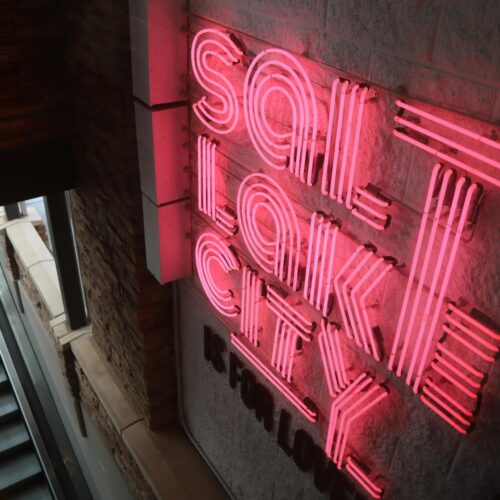 From 911 to 988: Salt Lake City’s Innovative Dispatch Diversion Program Gives More Crisis Options
From 911 to 988: Salt Lake City’s Innovative Dispatch Diversion Program Gives More Crisis Options
A three-digit crisis line, 988, launched two years ago to supplement—not necessarily replace—911. Calling 988 simplifies access to services when people are seeking help for themselves or loved ones with suicidal thoughts, behavioral health concerns, or substance use-related crises.
Read More Matching Care to Need: 5 Facts on How to Improve Behavioral Health Crisis Response
Matching Care to Need: 5 Facts on How to Improve Behavioral Health Crisis Response
It would hardly be controversial to expect an ambulance to arrive if someone called 911 for a physical health emergency. And yet, for years, the default responders for a behavioral health emergency have been law enforcement officers, not behavioral health professionals.
Read More